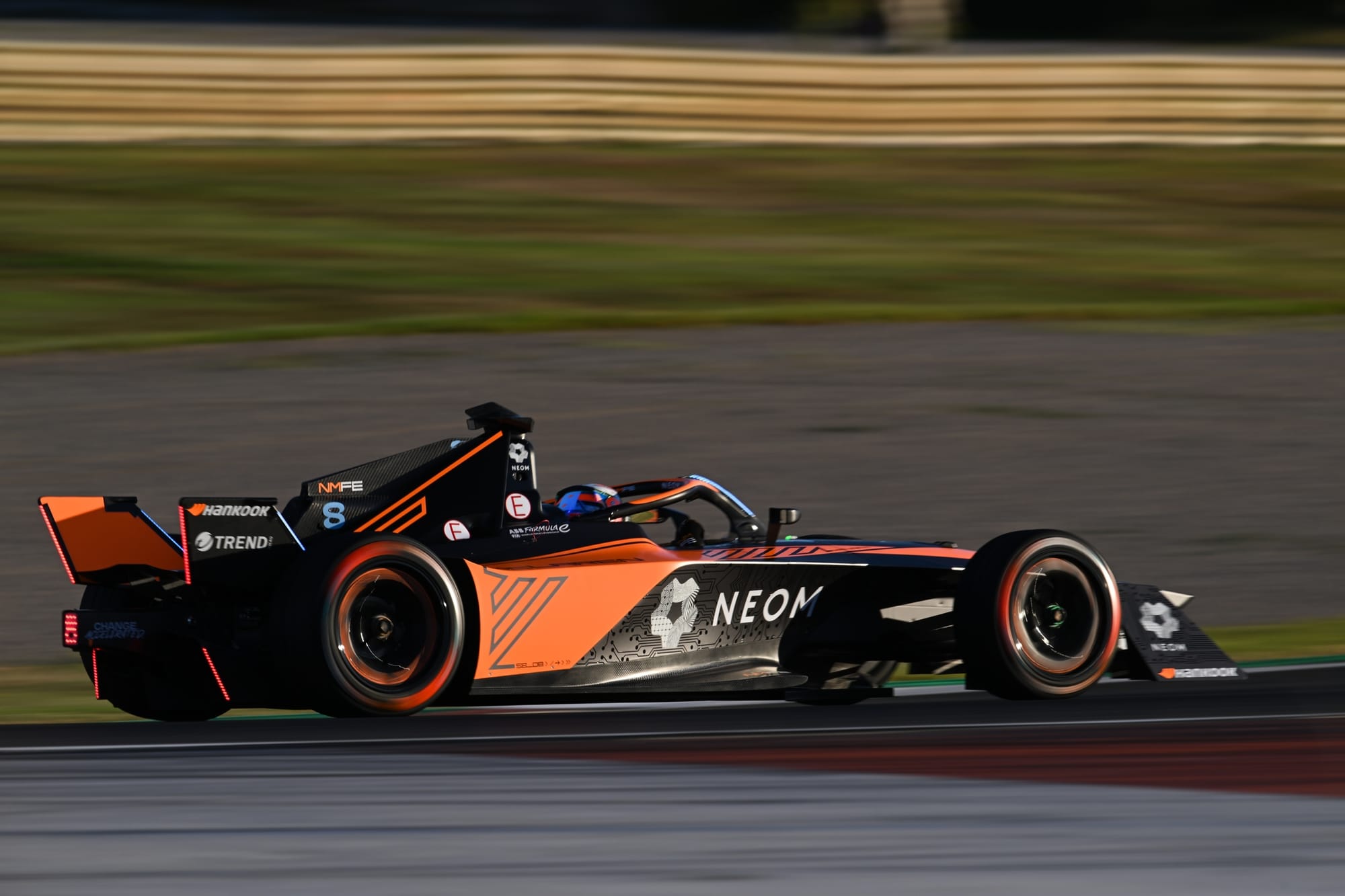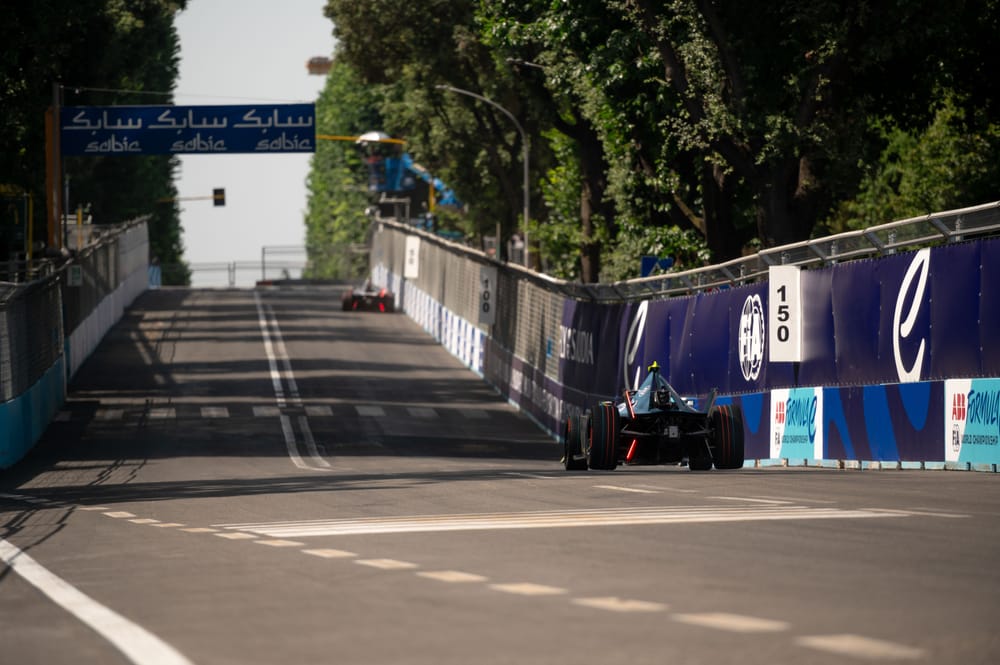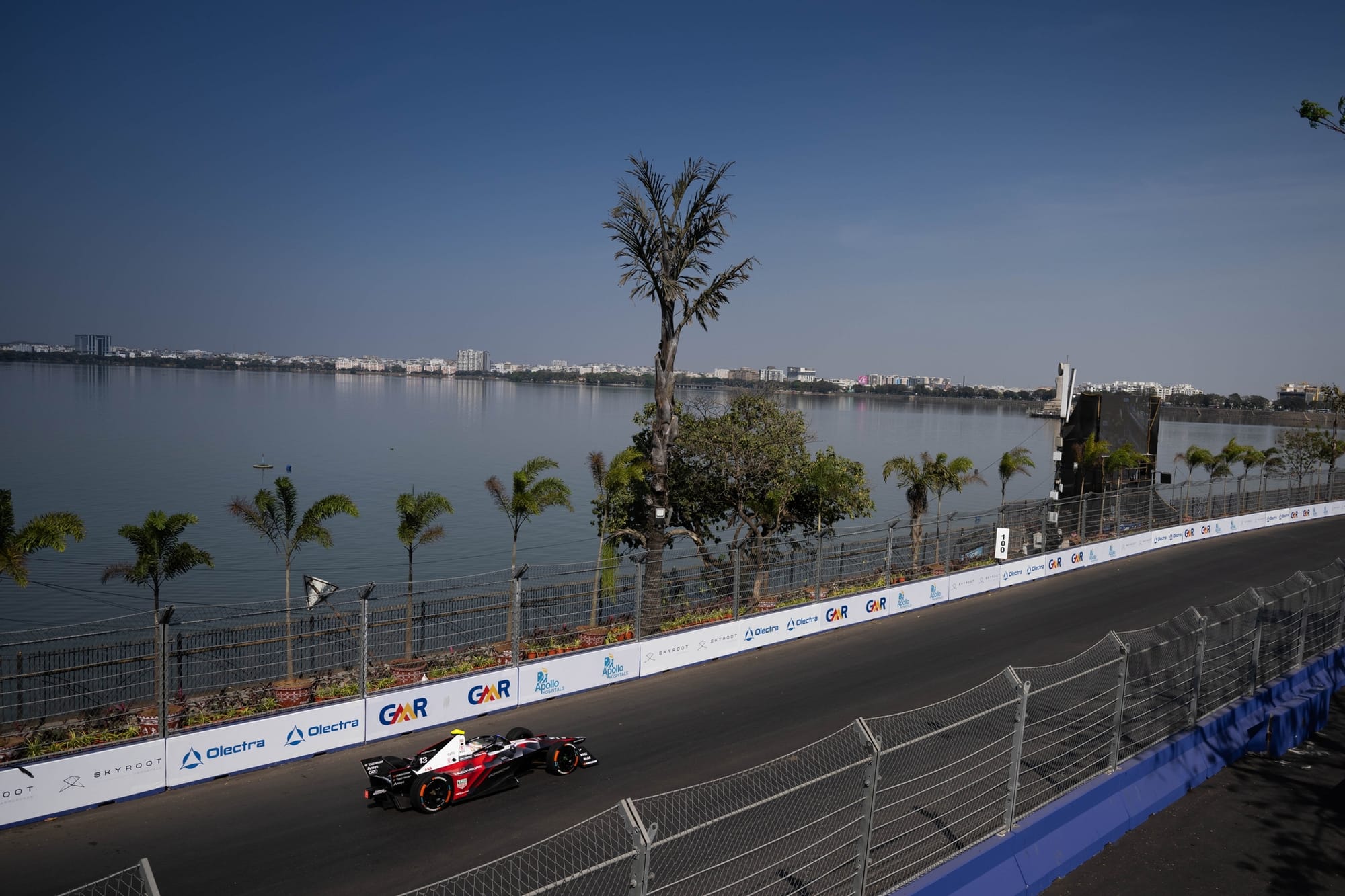The Race can reveal the likely look of the Gen3 Evo Formula E car that will replace the current first iteration of the design in 2025.
Based on information seen and received over the last three months, the design shown in our mock-up features several notable changes including the likelihood of the front powertrain becoming ‘in drive mode', or four-wheel drive.
These plans are yet to be completely decided but data gathered from an all-manufacturer test held in Mallorca last November is believed to be pushing the FIA and Formula E into using the new active set-up for at least qualifying and the attack mode phases of E-Prixs next year.
While that will be the most fundamental change, other areas of the Gen3 car are also set to be modified.
This will include the majority of the upper bodywork, sidepods, damper cover and engine cover being new, while there will also be a new spec of Hankook rubber.
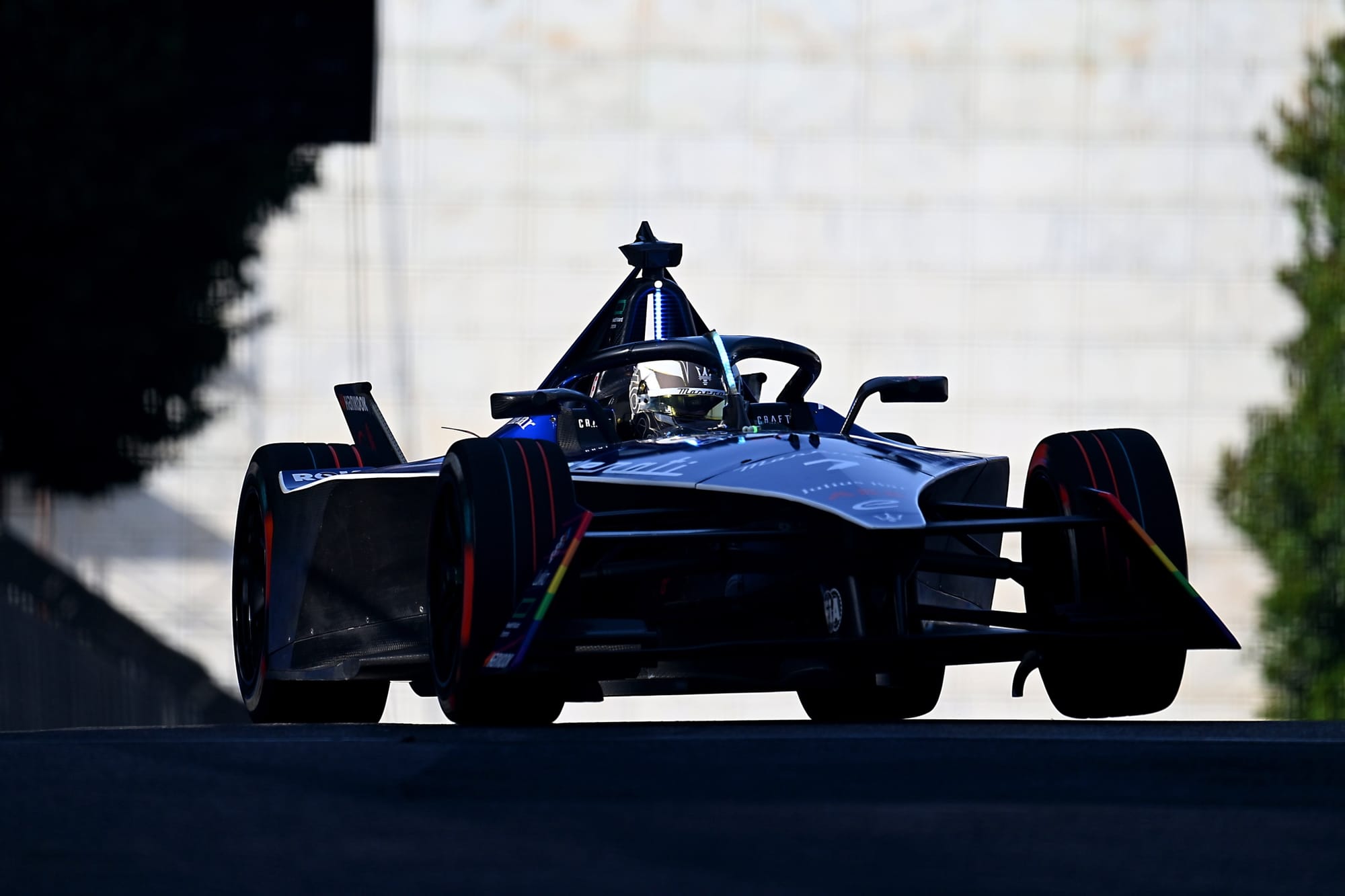
Other changes are set to include a rejigged front-wing assembly.
This area of the car came in for much criticism from teams and drivers during the first Gen3 season of 2023 due to its brittleness compared to the sturdier Gen2 design.
Accidents and near-accidents related to the front wing punctuated the 2023 season, the most serious of these being Abt Cupra driver Nico Mueller’s huge Portland crash - when his front wing was dislodged and got stuck under his wheels while at full-speed.
Several times last season wing mounts failed after brief contact between cars, causing several engineers in the Formula E paddock to raise the issue at technical meetings.
A more robust mounting for the front wings with the addition of tethers or blockers that prevent it going under the car and unloading the front wheels has been looked at for the Gen3 Evo era. The solution appears to be a mainplane on the new front-wing assembly, as detailed in The Race’s illustration above.
No details of delivery dates of the new kits have been discussed yet, although testing of the new-look cars is likely to take place in either September or October with the traditional week-long promoter's test at Valencia.
THE RACE SAYS
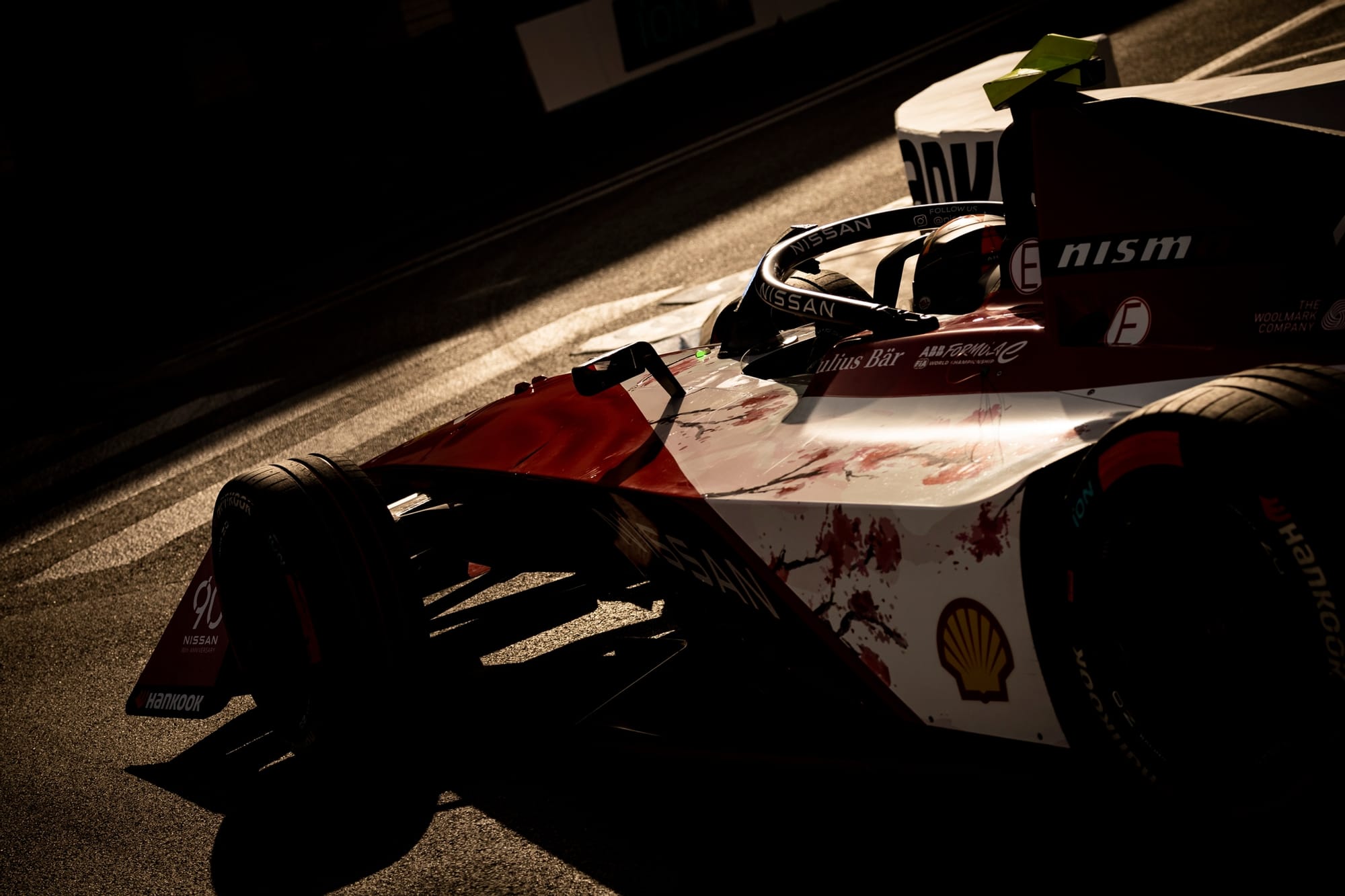
The importance of the Gen3 Evo design should not be underestimated. It is centrally important from a momentum point of view for Formula E ahead of its crucial Gen4 era in 2026 - and in the eyes of the promoter, Formula E Holdings, it's fundamental to the series attracting new fans for its fourth epoch.
The tribulations of the genesis of the Gen3 were painful and damaging for both the FIA and Formula E. The smorgasbord of issues and poor execution of the project laid bare serious issues that had to be addressed, and both commercially and in reputation terms Formula E had to pivot to effect repairs to its standing in motorsport.
Despite the problems, the quality of the racing was largely unaffected and indeed in some cases it actually improved. Yet, the number of eyeballs on the action didn't really follow suit.
The initial Gen3 cars were undercooked. They weren’t 5-6s quicker than Gen2 as mooted, they couldn’t withstand contact as well as Gen2, and they were majorly unpopular with the manufacturers, teams and drivers.
While the cars performed well on track there were countless knock-on problems including spares shortages and LED lights on the cars not working. So, the next iteration has to be tidier and also provide progression in laptimes.
The bridge that the Gen3 Evo will represent to Gen4 will also be crucial in the fundamental perception of whether all-electric racing cars can provide a genuine ‘wow’ factor that many feel is missing in the present cars.
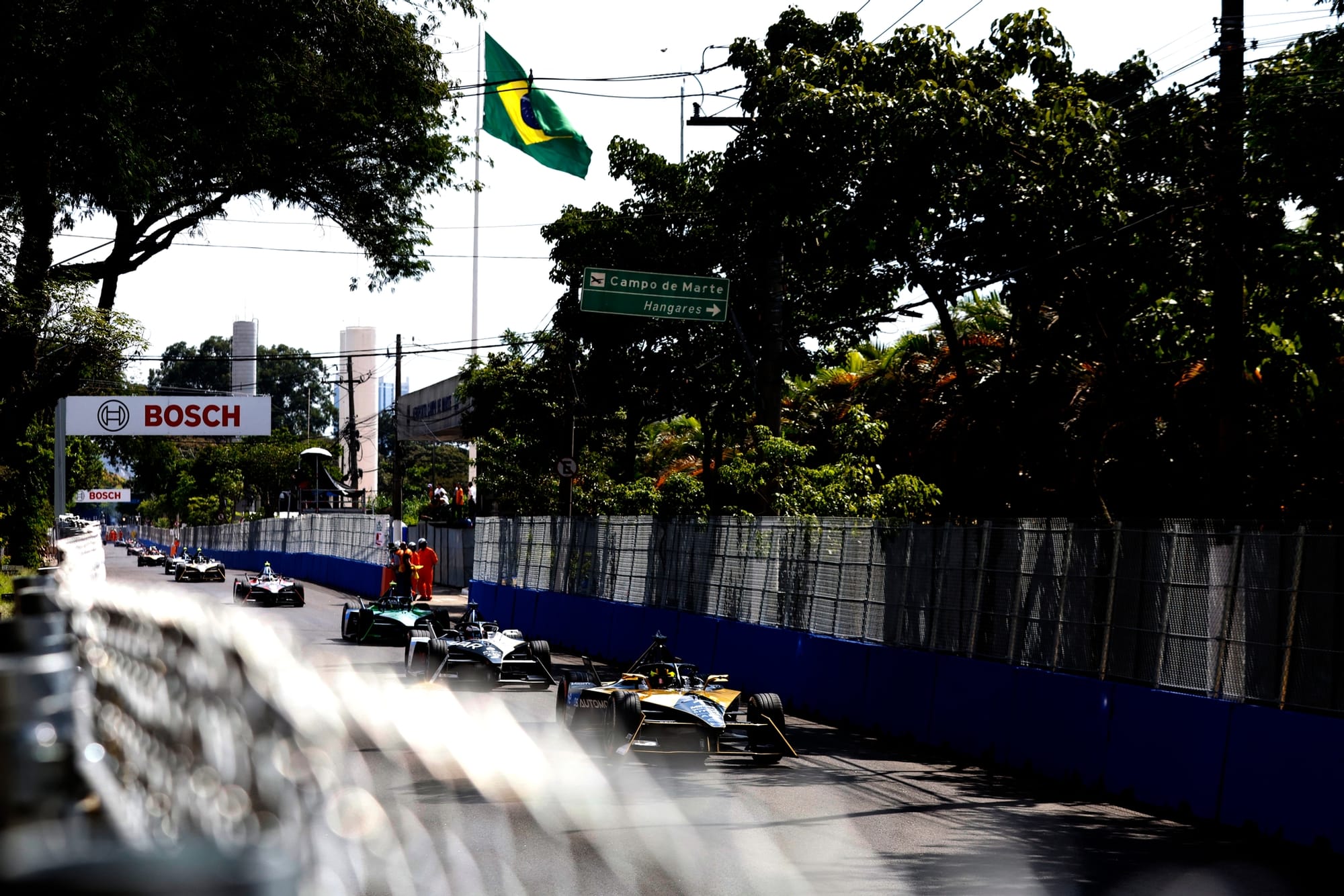
Speaking to The Race last month, Formula E’s sporting and technical advisor Dieter Gass said that the motivation and intention for the Gen3 Evo was to “improve the spectacle” but that it didn’t need to be a radical change.
“We want to keep it where it is because I think we’ve had some quite spectacular races this year with the Gen3,” he continued.
“If you manage to keep that up you will be very good already. That’s exactly the target that we follow.”
Gass added that Formula E wants to “develop the spectacle that you get from the pure pace of the cars, not only from the fighting and the position changes and everything”.
This will include using the front powertrain kit, which is supplied by American EV tech specialist Atieva, to visually enhance the speed of the cars during certain periods of the race, including the start.
“That [front powertrain usage] is going to be limited, obviously,” said Gass.
“The planning for the time being is the start, most likely in the attack mode and qualifying. Really the elements at the moment where you can see and use the pace of the car.”



